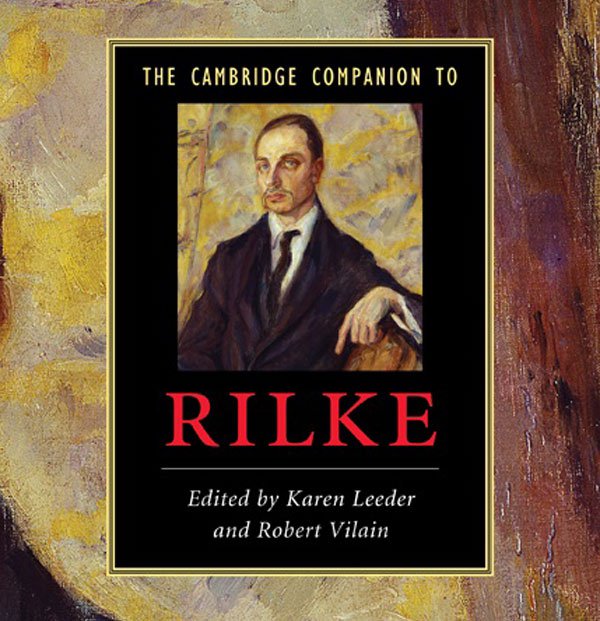


At most it reminds us that while Rilke stands at the threshold of the most radical formal experiment the twentieth century has known, he also looks back to and is firmly rooted in traditions that inform and shape the nineteenth century (Rilke’s angels, for instance, 4 also link him with that period).

(Seeing the repeat exhibition in 1962 was one of my lasting formative experiences.) The analogy does not work entirely. Cheek by jowl, one saw traditions and positions confront and challenge each other. The examples ranged from Pierre-Auguste Renoir and Claude Monet and Max Liebermann to Pablo Picasso and Georges Braque to Robert Delaunay and Gino Severini. In 1912, the year of the cycle’s conception (and of the first fifteen verses of our elegy), an exhibition was held in Cologne by the Sonderbund, 3 of the most significant works of the modern art movements. An analogy from the fine arts also springs to mind. The tone ranges from Hölderlinian sonority to the occasional foreshadowing of The Waste Land. As in Elegy Five, what makes Elegy Ten both difficult and at the same time moving, is this juxtaposition of disparate moods, encapsulated in a mythology that takes us from ‘Klagen’ to ‘Leid-Stadt’ to ‘Ur-Leid’ (‘laments’ to ‘Grief City’ to ‘primal suffering’). In its lament for the dead, but in the fierce prophetic indignation at the loss of touch with the culture of pain and bereftness and death, it has echoes of Elegy Five. Not only is Elegy Ten the longest it introduces in its well over one hundred lines several seemingly disjunct sequences that only move towards a thematic resolution when we are fifty verses into the text. 2 But the sombre grandeur of this elegy comes from the theme of death that dominates it from beginning to end, coming as it does on the heels of that affirmation of the here and now, the only existence we have, that was first introduced in Elegies Six and Seven and then reinforced in the sixfold ‘ein Mal’ of Elegy Nine. And themes and motifs that dominate Rainer Maria Rilke’s whole poetic oeuvre find a voice, the image of the night sky, for instance. The themes that we have been tracing do of course recur: angels, flowers, lovers, mythologies. by Anne Marie Fröhlich, Manesse Bibliothek der Weltlit (.)ġ It is a natural reaction to see in Elegy Ten a kind of summation of the ideas and images of the whole cycle. Jahrstag der Ausstellung des Sonderbundes westde (.)

by Anthony Stephens, Bibliothek Suhrkamp 519 (F (.)


 0 kommentar(er)
0 kommentar(er)
